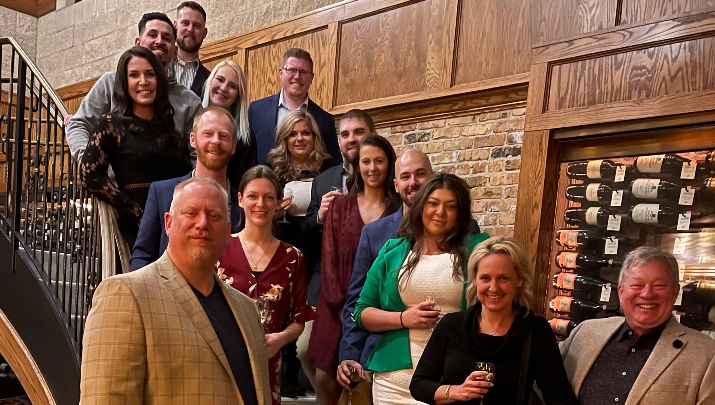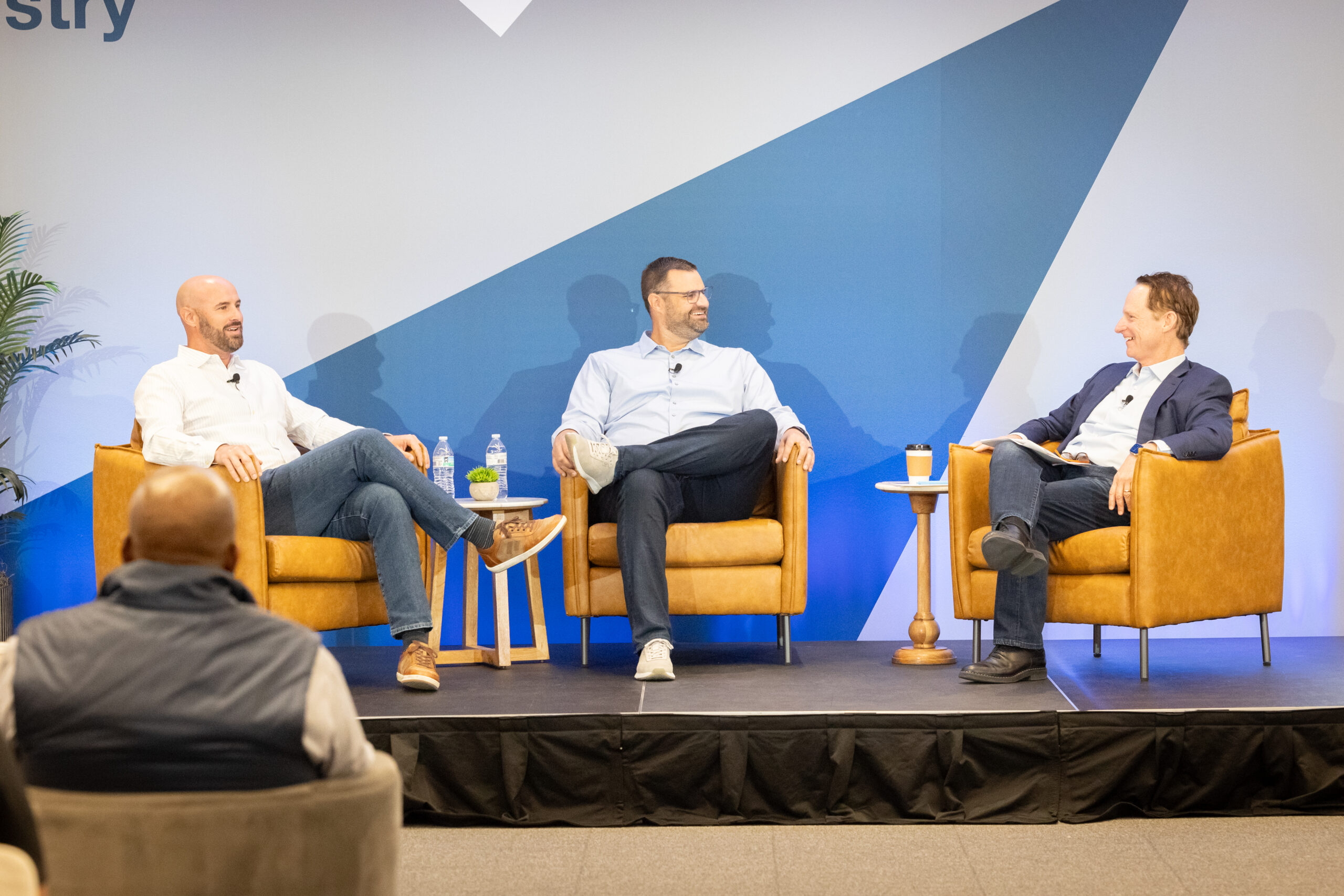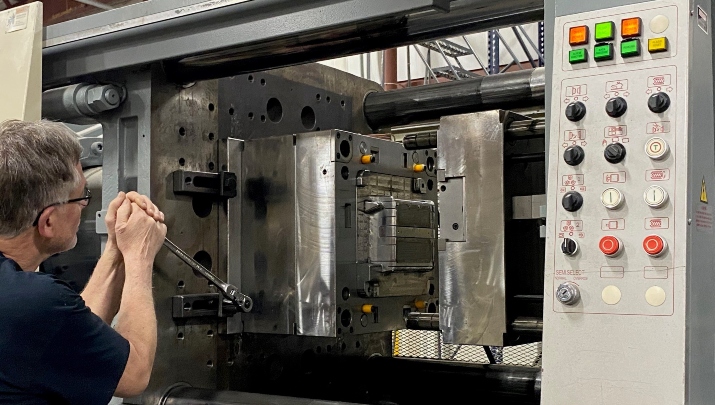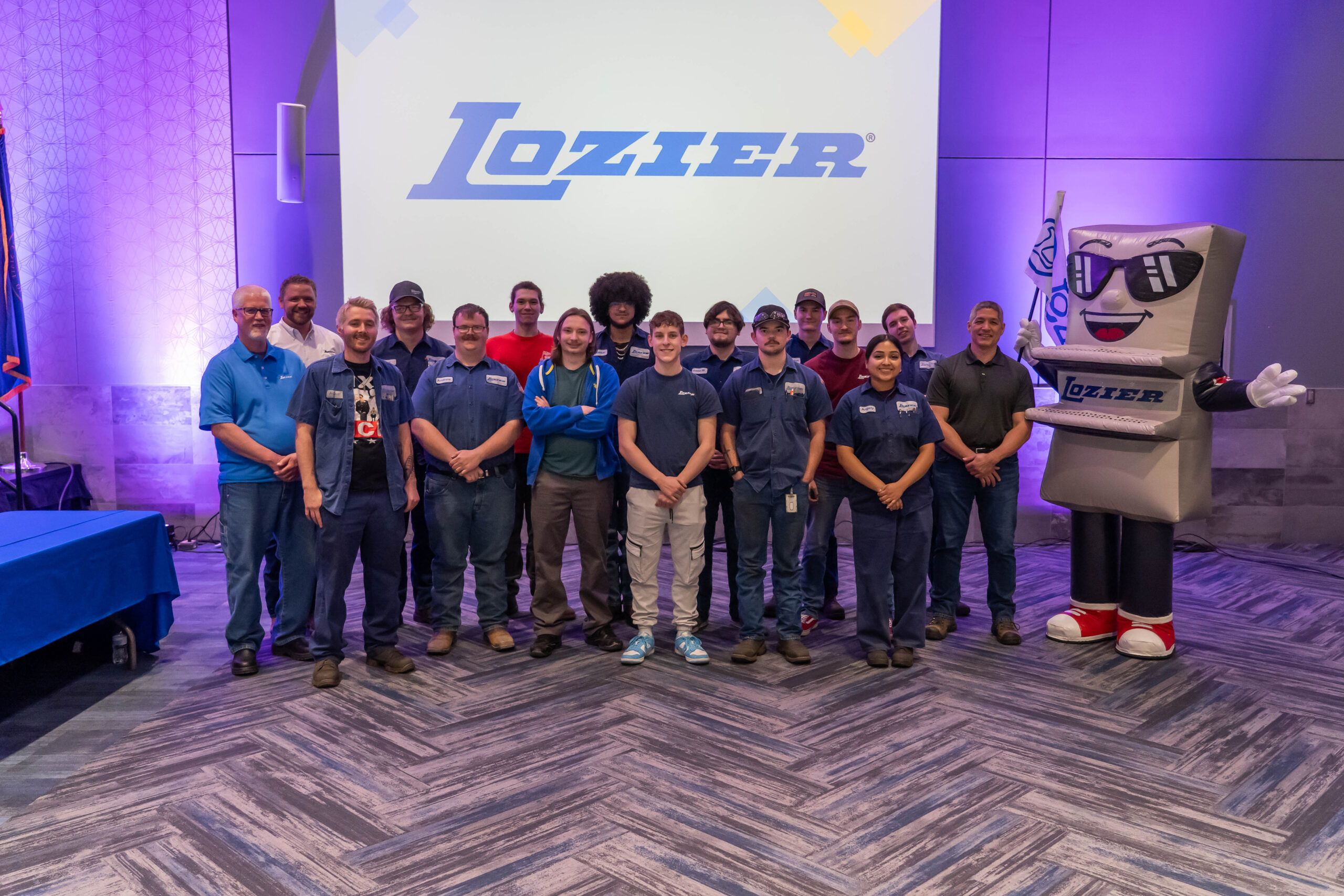

Teaching Leadership Skills for Success at Work and in Life
- Ed Krieger
- Ayers Basement Systems
At Ayers, an Evergreen® company, an unskilled laborer with minimal education and no management skills can advance, in less than five years, to managing and leading a production team.
There are two critical ingredients for this kind of rapid progress: an eagerness and a willingness to learn, and a grounding in the values of our purpose-driven company. We can’t teach the former, but we can teach the latter, and we do.
In 2019, my son Zack, who is currently our VP of Operations, had just completed a masters-level course in Entrepreneurship and we were looking for ways to handle the pressures of constant hiring and training for our very niche market as we scaled the company. Zack’s experience in the program gave us cause to discuss the leadership lessons he had been studying, and to be reminded how much good leadership is actually grounded in simple skills and old-fashioned values. We came up with the idea of creating a course at Ayers to teach employees these basic life and work skills.
I am a fan of Patrick Lencioni’s The Ideal Team Player, and knew that if we could get people who were “hungry, humble, and smart,” we could tap their potential and help them, and us, create our next line of supervisors and even managers.
With Zack as my partner, we created our Leadership Immersion program. The first course was 13 weeks long, and the homework before the first class was to read Lencioni’s book and do some reflective writing on Ayers’ values and purpose. My son and I taught it ourselves, and we had our whole management team go through it with the first cohort. The lessons were focused on leadership and life skills that not only make employees better leaders, but also better people.
Our curriculum is about professionalism and instilling values and habits which underpin effective leadership. We ask that students come dressed professionally and most wear a coat and tie. Lessons include basics such as time management, success principles, and being a solid team player. But they also include how to run a small team, how to be a good neighbor or spouse, how to budget, and how to be better with money.
Each week, there is homework, reflection, and preparation to do. Joining the program is a significant undertaking and this fact alone helps cultivate a sense of responsibility and dedication to quality that are core values of both Ayers and effective leadership in general. It encourages participants to see themselves in a new light, and to aspire to something greater.
Each session, we admit eight people. We’ve found that a small group allows for more meaningful group discussions, which make up about 50% of the class time. And it doesn’t take too many people out of their usual jobs and leave us overly shorthanded. In terms of who gets into the program, we target junior leaders, most without any education beyond high school, who have been with us for about a year. It feels important to have time to get to know them as human beings, and once we have identified the people with the willingness, ambition, and disposition to grow, we invite them into the course.
For the length of the course, which has grown to 17 weeks, they spend every Friday, from 9am to 3:30pm, in class. Why 17 weeks? The objective of this course is to transform the students into more effective employees and people, and conventional wisdom tells us it takes 17 weeks to create a new habit!
At the end of each course, we host a celebration, and this is the greatest joy for me. Everybody brings their spouse or significant other and we share the growth that has resulted from the course. Typically, not only do course members share how they’ve changed internally as people, but also their families share how much their lives have changed at home. It’s quite profound and can be life changing. Although we are clear that joining the program does not guarantee a promotion, many of them will end up being promoted.
Creating this course has meant a big investment. It’s expensive; after people and the benefits program, it’s our biggest expense. But it’s paying off in spades. Especially in today’s tight labor market, investing in our people has never proven more worthwhile. We know our employees who have been through this program are skilled, aligned with our purpose and values, and exceptional team players. It’s one of the best investments we’ve ever made.
Zack still runs the program, but increasingly, the classes are taught by members of the management team who went through the course in its first cycle. Zach now sits in the back and observes, which I love because that’s a sign it’s working. We are producing leaders who produce leaders.
It’s been so successful in fact, that we’ve just announced a new initiative that is an extension of the Leadership Immersion program. In February 2023, we will launch our first Leadership Immersion Master class for employees ready to look to the next level of leadership within the company.
For anyone thinking about offering a program like this, I think there are two important things to keep in mind. First, there has to be a multiple-year commitment. It takes time to dial in a program that’s a fit for your team. Secondly, as a leadership training program, the buy-in has to start right from the top. Even now, I still attend the class for the first 30 minutes every week, share a story, and draw a connection to the content of the lesson for the day. With this level of commitment, there is no limit to how high that laborer-turned-manager might climb.
More Articles and Videos

Fireside Chat with Dave Thrasher, Dan Thrasher, and Dave Whorton
- Dave Thrasher, Dan Thrasher, & Dave Whorton
- Supportworks and Thrasher Group

Get Evergreen insight and wisdom delivered to your inbox every week
By signing up, you understand and agree that we will store, process and manage your personal information according to our Privacy Policy






